Four years ago, JBAY launched the California Foster Youth FAFSA Challenge to![]() increase the number of foster youth who enroll in college after high school graduation. The FAFSA is the Free Application for Federal Student Aid. Together with the California Dream Act for undocumented students, the FAFSA is the all-important application that unlocks both state and federal financial aid, which is essential for foster youth.
increase the number of foster youth who enroll in college after high school graduation. The FAFSA is the Free Application for Federal Student Aid. Together with the California Dream Act for undocumented students, the FAFSA is the all-important application that unlocks both state and federal financial aid, which is essential for foster youth.
Since JBAY launched the Challenge, we’ve worked across the state to increase the rate of FAFSA completion, from 45% in 2018 up to 65% in 2020 and then a drop to 54% in 2021. This drop mirrors decreases in the general student population due to the pandemic.
Increased rates of FAFSA completion have translated into more foster youth on campus. In 2020, over 46,000 foster youth attended community college in California, up from 26,000 in 2015. Learn more about increases in college attendance and academic performance in a recent blog post.
The FAFSA application for the 2022-23 academic year opens on October 1 and JBAY will be doing more than ever to help foster youth get on track to attend college. In addition to updating publications and conducting numerous trainings, JBAY will examine and address racial disparities in FAFSA completion.
According to data from Los Angeles from 2020-21, Black foster youth had the lowest rates of completion: 38.0% as compared to 57.6% of non-Black foster youth. That’s bad news for the roughly 1 in 5 foster youth in California who are Black.
This notable racial disparity requires action, according to Sarah Pauter, JBAY Education Project and leader of JBAY’s statewide FAFSA efforts. “We know that FAFSA completion was down 9 percent last year among all foster youth, but what is lesser known is the impact on foster youth of color across the state. Our hope this year is to work with counties to track FAFSA completion by race and ethnicity to not only identify disparities but ensure that foster youth have equal access to the financial aid they need to pursue their postsecondary goals.”
As we conduct the FAFSA Challenge this year, JBAY will test a number of strategies to address this troubling disparity. Based on the impact of these strategies, we will expand them to other counties and consider whether they should be required in state law.
According to Executive Director Amy Lemley, this interplay between practice and policy is at the core of JBAY’s work, “This disparity is unacceptable. Our work in the field unearthed it and now we have both the obligation and opportunity to address it.”
